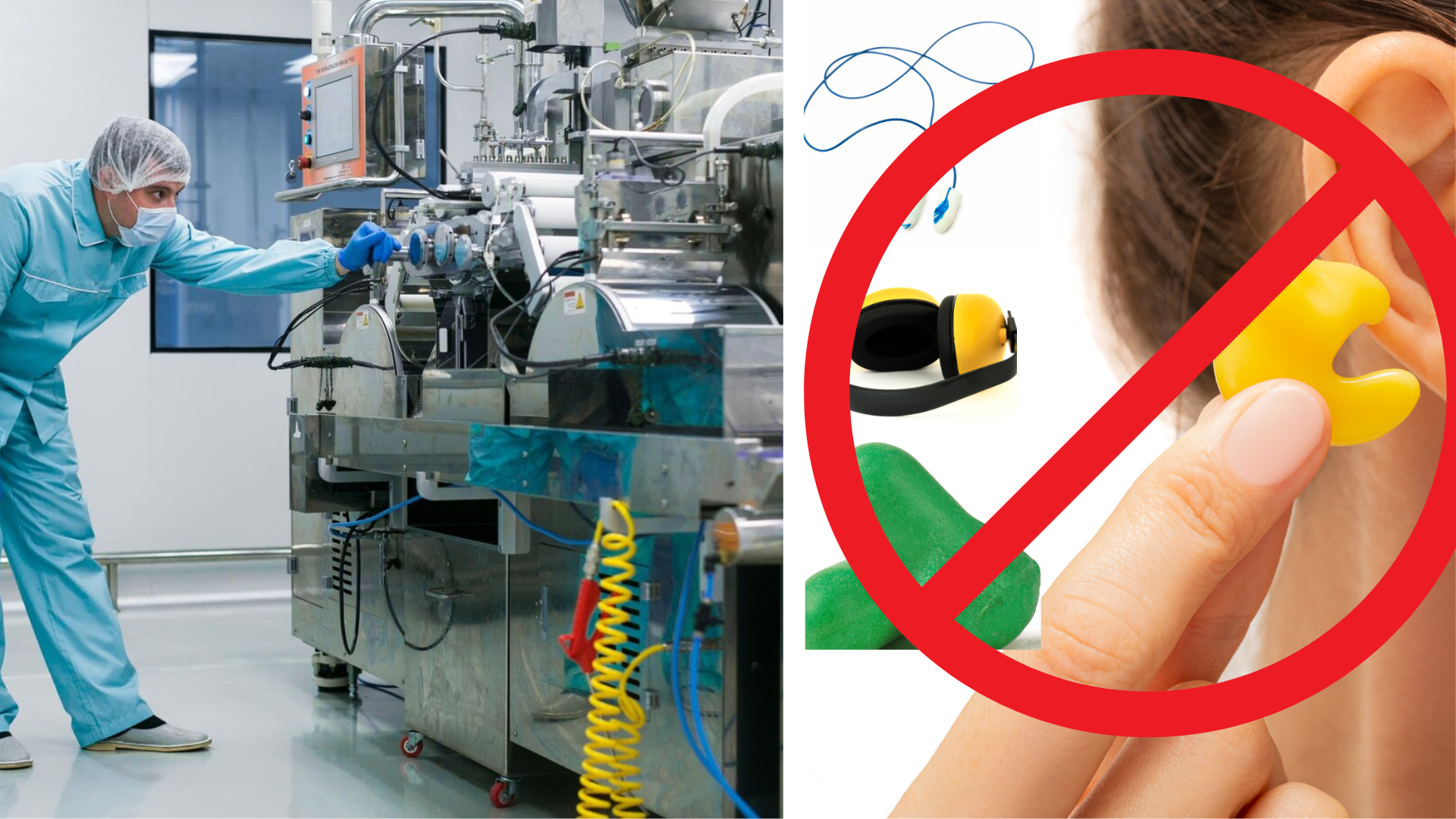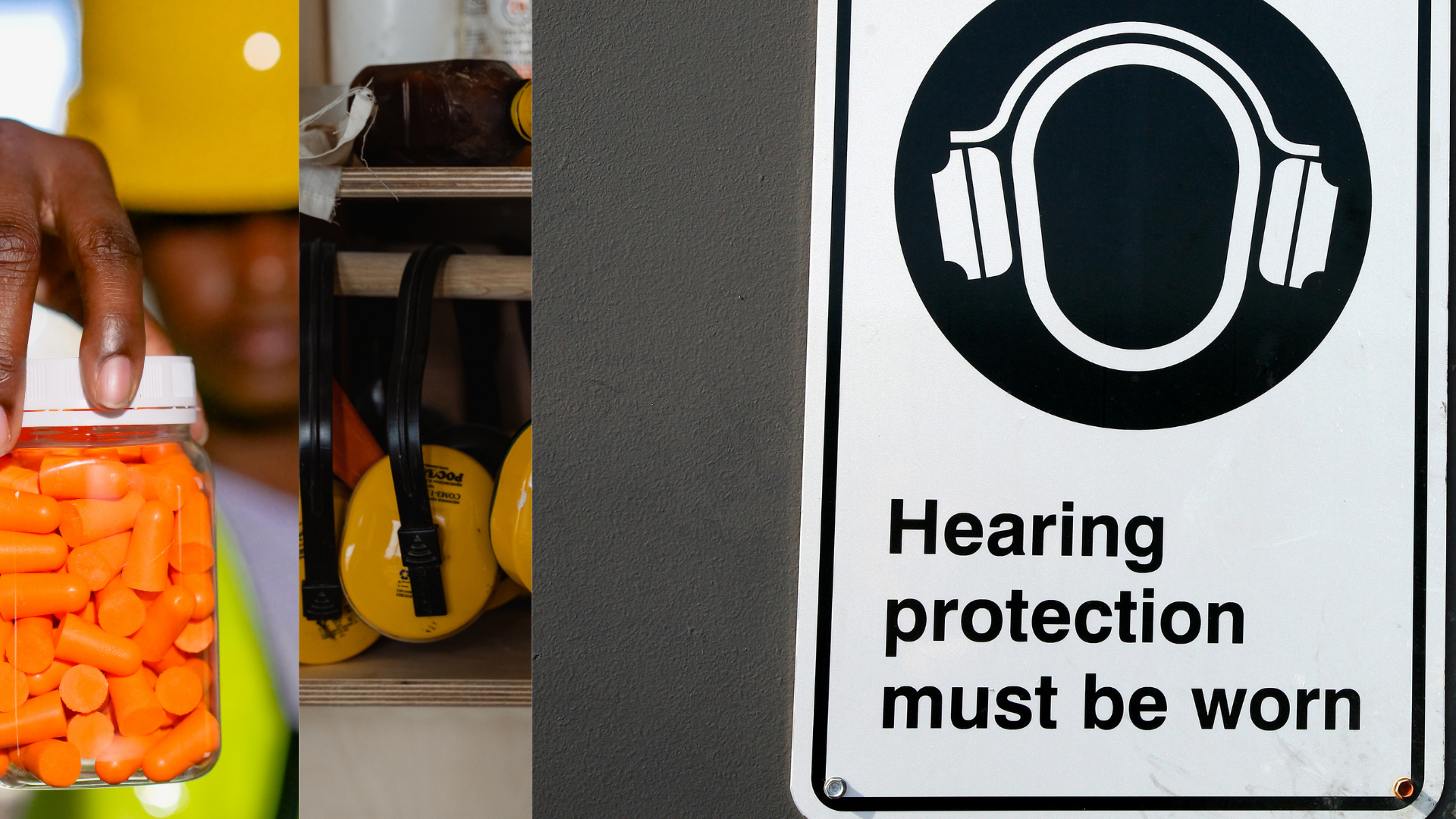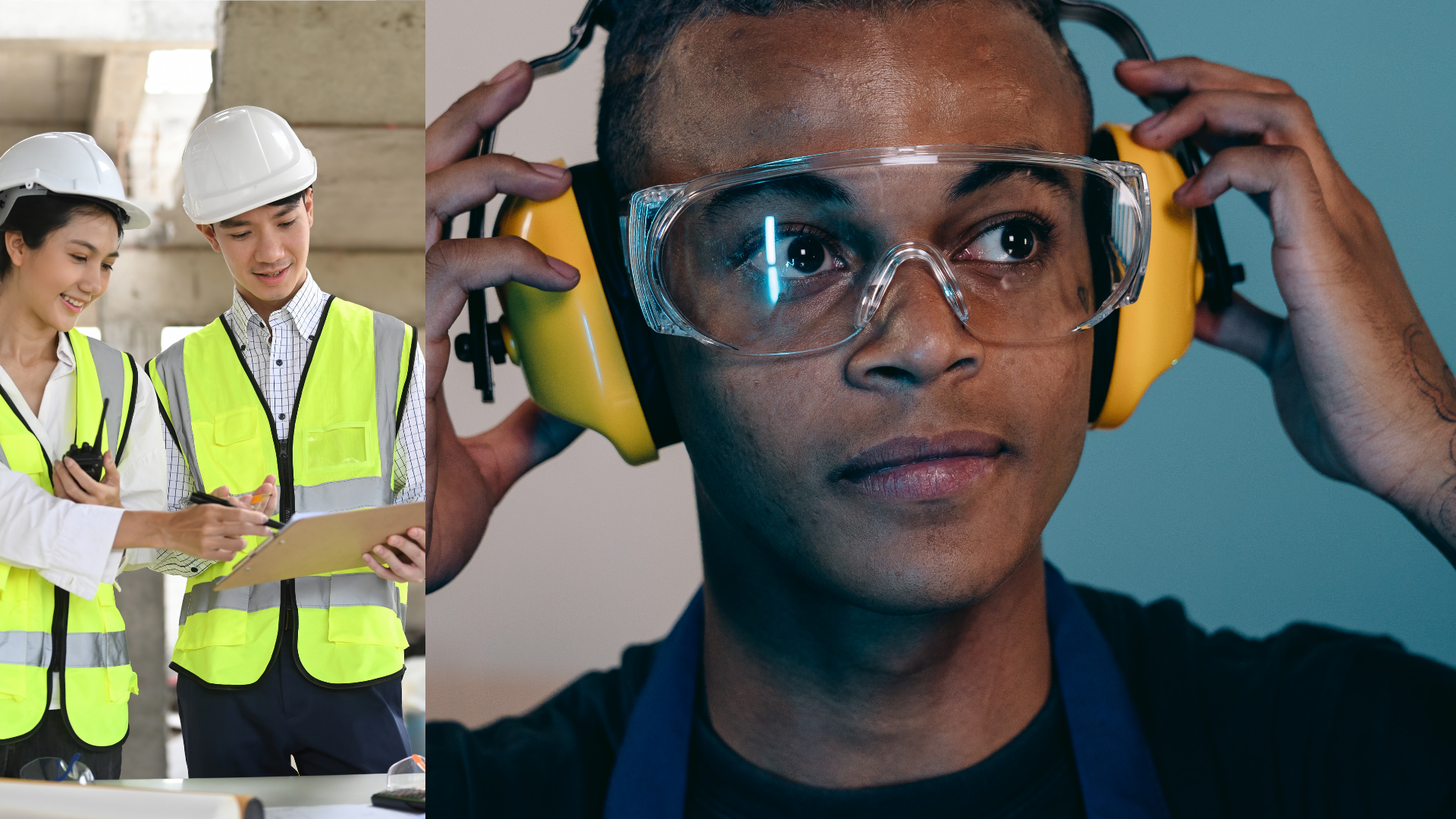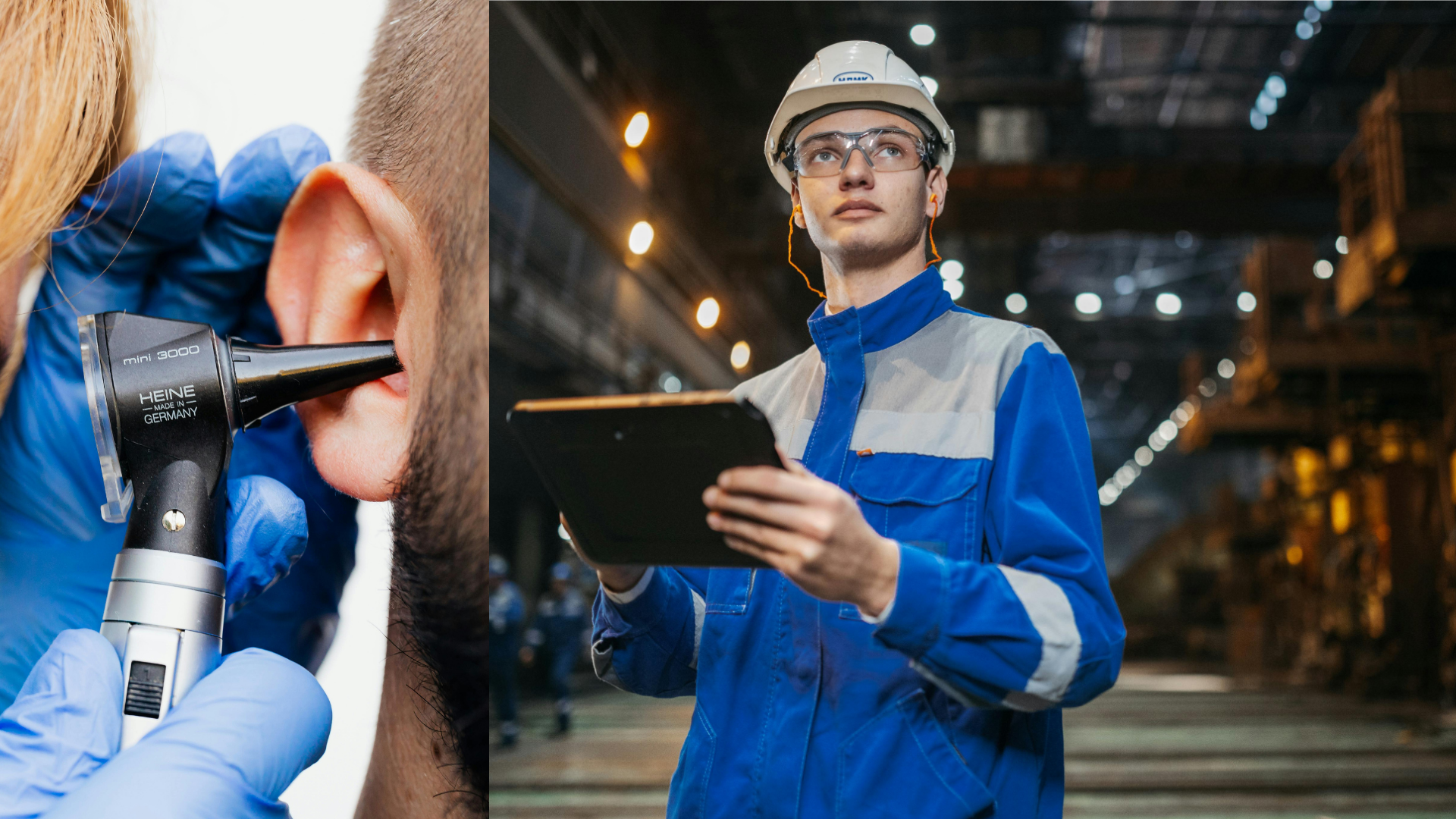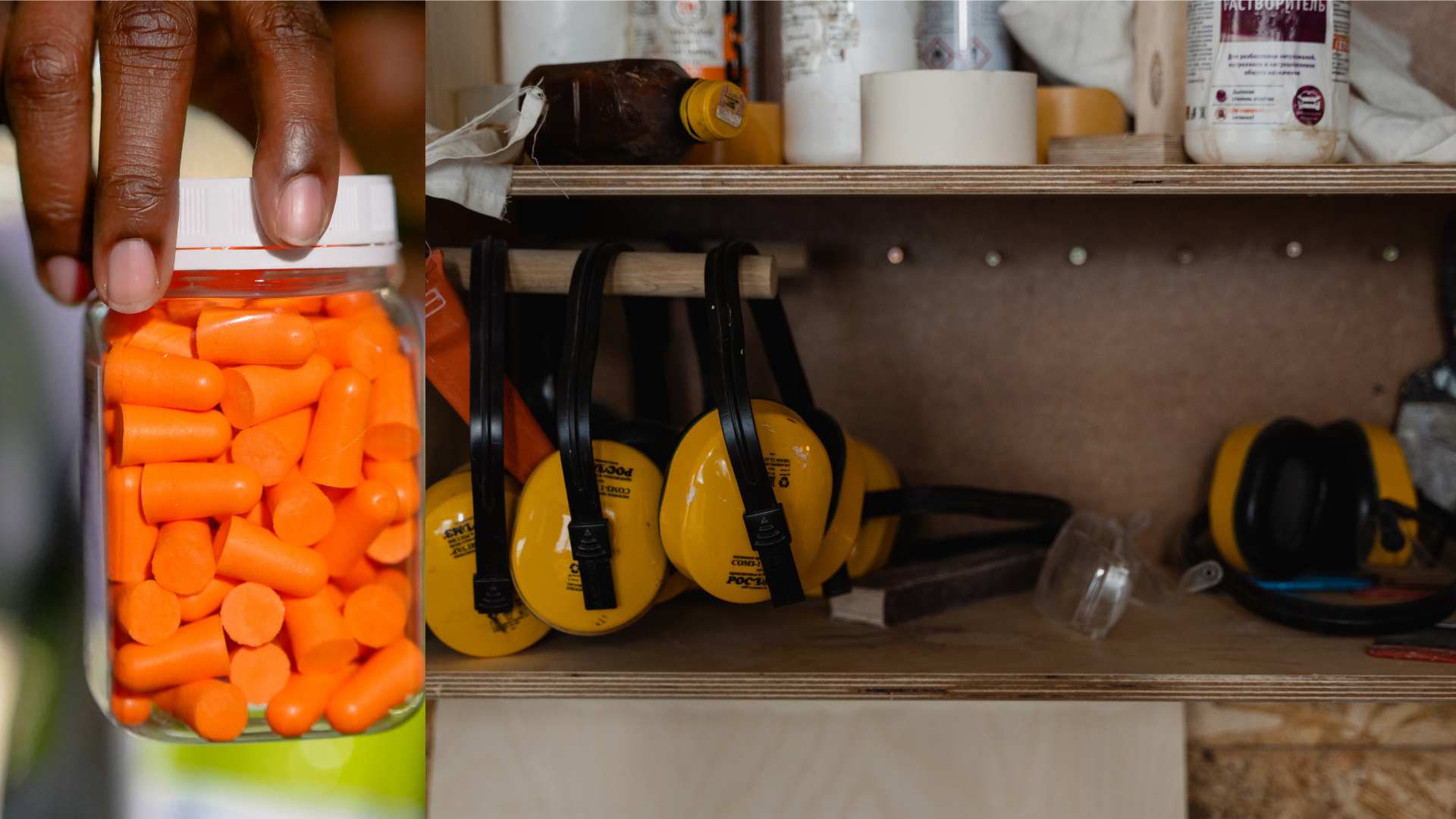Hearing Conservation In The Workplace
Deanna Lennox • November 5, 2021
Hearing Conservation in The Workplace

The hearing conservation standard (29 CFR 1910.95) of the Occupational Safety and Health Administration (OSHA) is designed to safeguard the approximately 22 million workers who are exposed to dangerous levels of noise each year. Employers are obligated to examine workplaces for employee exposures that result in a personal time-weighted average (TWA) equal to or more than 85 decibels under the hearing conservation standard (dBA). The employer must design a documented Hearing Conservation Program, supply personnel with protective devices, provide annual training, and conduct annual hearing tests to monitor hearing levels if the noise action level is at or above this level. Employees who have work-related hearing loss must be documented on the facility's OSHA 300 log.
Who Should Participate In A Hearing Preservation Program?
The first step in meeting the hearing conservation criteria is to conduct a noise assessment of the facility. Take personal time-weighted average (TWA) samples throughout the facility, even in regions that don’t appear to be extremely noisy, to complete this assessment. Noise sampling should be done every three to five years, or whenever the facility’s processes or equipment change. There are two action levels in the hearing conservation standard: 85 dBA and 90 dBA. Hearing protection, annual audiograms, and annual training are required for employees working in regions with noise levels between 85 and 89 decibels. Employees exposed to TWAs of 90dBA or above must additionally wear hearing protection, have their hearing tested annually, and get annual training. The fundamental distinction between the two action levels in the hearing conservation standard is that employees working in the 85-89dBA range can choose whether or not to wear hearing protection, but those working in the 90dBA or above range must. While employees exposed to noise levels of less than 90 decibels may choose not to wear hearing protection, any hearing loss is still a recordable injury.
Requirements For The Hearing Conservation Program
An audiometric testing regimen must be implemented when employees are exposed to noise levels of 85dBA or greater for an 8-hour TWA. This program must be free of charge to the employee and include a baseline audiometric test as well as an annual audiometric test.
- The baseline audiometric test must be done within six months of the employees’ exposure to dangerous noise levels.
- If the audiometric test will be conducted in a mobile van, the baseline test must be taken within one year of the employees’ exposure to dangerous noise levels.
- Following the baseline test, audiometric testing is required once a year. To establish if the employee has undergone a standard threshold shift, the results of the annual test are compared to the findings of the baseline test (STS).
- An STS is defined as a change in the hearing threshold of 10 dB or more in one or both ears at 2000, 3000, and 4000 hertz.
- If an STS is discovered, the employer has 30 days to retest the employee to see if the STS was accurate. If an STS is confirmed, the employer must notify the employee in writing within 21 days of the discovery.
- An employee is obligated to wear hearing protection after experiencing an STS. It is also necessary to complete training or retraining.
- Employees who are exposed to harmful noise levels must be supplied with free hearing protection and replacements. The employer must give a variety of hearing protection alternatives, including one type of earplug and one type of earmuff. More options for staff would be ideal to ensure comfort, good fit, and utilization.
- Hearing protection is required to reduce employee noise exposure to a time-weighted average of 90dBA for at least 8 hours. The noise reduction ratio (NRR) is a metric used to assess the efficacy of hearing protection. The higher the noise reduction potential, the higher the NRR. It’s vital to understand that the NRR does not imply a decibel reduction. To estimate a hearing protector’s noise reduction capabilities, multiply the NRR in decibels by seven, then divide by two.
- For example, if you are subjected to 95dba noise and are wearing hearing protectors with an NRR of 31, you will be exposed to 83dBA noise. (31-7)/2=12 95-12=83dBA An annual training program must be completed by each individual who is exposed to harmful noise levels.
The following should be included in the training:
- The effects of noise on hearing
- The purpose of hearing protection
- Advantages and disadvantages of hearing protection
- Attenuation of different types of hearing protection
- Instructions on the selection, fit, use, and care of hearing protection
- The purpose of audiometric testing and a description of testing procedures
- To summarize, hazardous levels of noise in the workplace can create lasting, long-term injuries for employees. Ongoing noise monitoring and the subsequent actions required to reduce potentially harmful levels of noise through administrative and engineering controls, provision of proper PPE, and noise hazard employee training are an essential part of any facility health and safety plan.


